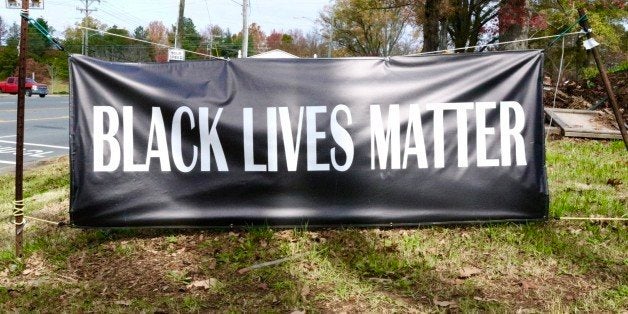
Recently, Ray Lewis, the African American former NFL player for the Baltimore Ravens, put a video on his Facebook page where he expressed his pain over the high homicide rate in African American communities. I am highly sympathetic to his remarks. Like him, I agree that black lives matter and that too many black lives are lost needlessly due to homicide. I commend Lewis for shining a light on this issue and for putting pressure on African Americans to do more to reduce violence in their communities.
Regrettably, in his important message, he used some unfortunate ideas and missed the opportunity to place the issue of violent crime in its proper perspective. Lewis' discussion of the high rate of violence in African American communities was framed using the "black-on-black crime" concept. This idea is counterproductive and unjustly stigmatizes black America.
People of the same racial or ethnic group kill each other more often than not. In Asia, Asian people are primarily killed by other Asians. In Latin American countries, Latinos kill other Latinos. In Europe, whites kill whites. The sad fact of the human condition is that people commit violence against people with whom they regularly interact. Most Americans are killed by someone they know, and most American females are killed by a spouse, lover, or family member. In the United States, because we are still very segregated, this dynamic means that most whites are killed by other whites and most blacks are killed by other blacks. There is nothing surprising or unusual about intra-racial violence.
Although intra-racial violence is nearly universal, in the United States we have made this prototypical pattern seem like it is a unique form of black deviance. We discuss "black-on-black crime" but we never use a similar framework when a white person kills a white person or a Latino person kills a Latino or an Asian person kills an Asian person. The idea of "black-on-black crime" misidentifies the problem. The problem is not that the violence is intra-racial, the problem is that the rate of violence is high. The black homicide victimization rate is six times the white rate.
Ray Lewis is correct that we should see this high rate of violence in African American communities as a national emergency. But he incorrectly suggests that blacks have to choose either to be concerned about black homicide victims or to be concerned about unjust treatment by the police. It is not an either-or situation. Most blacks are concerned about both. A survey by the Public Religion Research Institute last year showed that blacks are more concerned about crime in their communities than are whites and Hispanics, and it also showed that blacks are the most concerned about mistreatment by the police. Data from the General Social Survey indicates that a majority of blacks favor more government spending on the police. A fifth of blacks want not just more spending but "much more spending," even if it means increasing their taxes. They feel this way at a higher rate than whites. African Americans are not anti-police. They simply want the police to treat them respectfully and without racial bias. They want the police to do their jobs and make African American communities safer--not add to the violence.
It is also important that we accurately recognize the long-term trends in the homicide rate. Because of a 24-hour news cycle that is drawn to violent crime stories, we can be inundated with images of violent crime. We may feel like violent crime is always increasing, but this is not the case. Over the 1990s, the homicide rate for the United States was cut in half. While there have been increases in the homicide rate in some cities, generally our communities are still much safer today than they were in the early 1990s. It is important that our response to crime be based on a clear understanding of the facts, and not on fear, anger, or even sadness.
I commend Ray Lewis for speaking out on this issue, and I would like to ask him to do more. The homicide rate in the United States is much higher than in Canada and Western Europe. Lewis should work with other black celebrities, criminologists, police departments, and elected officials to make the United States as safe as Canada. Changing crime trends is not easy, but I think with Lewis' passion and the right support and resources, it can be done.
Algernon Austin is the author of America Is Not Post-Racial: Xenophobia, Islamophobia, Racism, and the 44th President which is the only book to analyze the 25 million Obama Haters in America.
